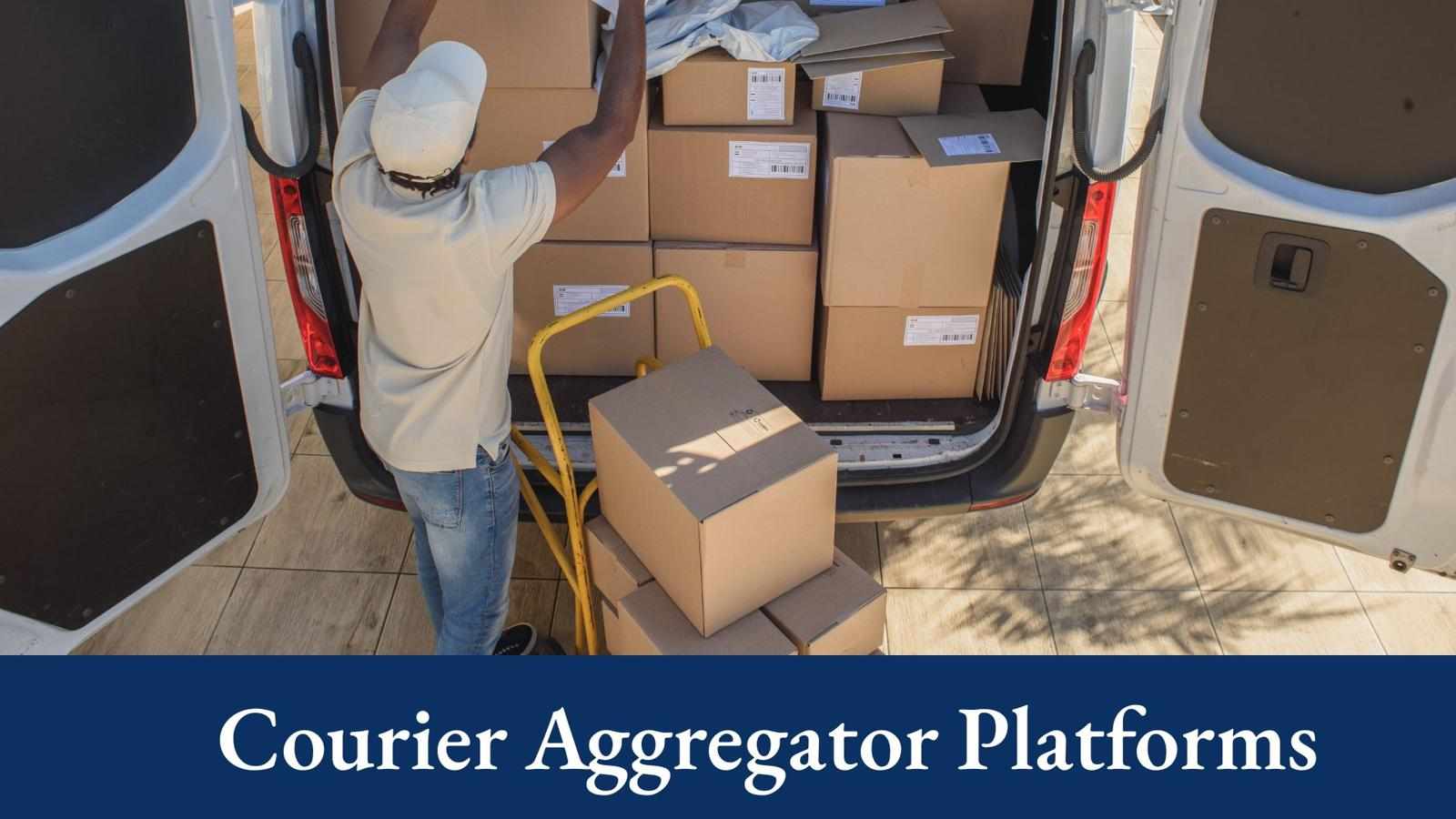
For India's booming D2C (Direct-to-Consumer) brands, delivery isn't just about moving packages anymore. It's become a make-or-break factor for customer satisfaction and profit margins. But here's the challenge: managing logistics across different courier companies, handling varying delivery zones, and dealing with constantly changing shipping rates can quickly eat into your budget.
This is where courier aggregator platforms step in to help. Think of them as a smart middleman that connects your D2C brand with multiple delivery partners through one simple dashboard. They help you find the best shipping routes, automatically assign orders to the right courier, and make smarter choices that save money.
Let's break down exactly how these platforms are helping D2C businesses across India reduce their delivery expenses while getting faster and more reliable service.
1. Access Multiple Couriers and Compare Rates Instantly
When you rely on just one courier company, you're stuck with whatever rates they offer. Plus, they might not deliver well to certain pin codes or regions. Courier aggregator platforms fix this problem by connecting you with multiple shipping partners—from big national companies to local delivery services.
Here's what this means for your business:
Compare shipping rates in real time before sending each package
Automatically send orders to whichever courier offers the best price
Negotiate better deals because you're shipping more volume overall
Instead of logging into five different courier websites, you manage everything from one place. This saves both money and valuable time.
2. Smart Technology Picks the Cheapest and Fastest Option
Modern courier aggregator platforms use artificial intelligence (AI) to automatically choose the best courier for each order. The system looks at things like:
How far the package needs to travel
Whether it's Cash on Delivery (COD) or prepaid
Package weight and size
Which couriers have performed well in the past
This smart selection ensures every order ships at the lowest cost while still arriving on time. You stop overpaying for shipping and reduce costs from delays or returns.
Real example: If you're a D2C brand shipping small packages to both big cities and small towns, the platform automatically sends city orders through the fastest courier and rural deliveries through the most affordable option.
3. Reduce Expensive Failed Deliveries and Returns
Return-to-Origin (RTO) shipments—when packages come back undelivered—are a huge money drain for D2C brands. These failed deliveries can account for 15–20% of your total shipping costs. Courier aggregator platforms help prevent this through:
Live tracking so you catch problems before they happen
Automatic messages to customers confirming their delivery details
Smart data analysis that flags risky pin codes or problematic COD orders
When more packages get delivered successfully on the first attempt, you save massively on reverse shipping and resending costs.
4. Manage Everything from One Dashboard
Without an aggregator platform, your team probably wastes hours switching between different courier websites, managing separate invoices, and dealing with multiple customer service contacts. Courier aggregators simplify your life by centralizing:
Booking and tracking all shipments
Printing shipping labels
Managing non-delivery reports (NDRs)
Viewing all bills and performance data in one place
This automation cuts down manual work and human mistakes, reducing your operational costs. You also get clear visibility into what you're spending across different couriers and zones, helping you make smarter decisions going forward.
5. Optimize Delivery Routes Based on Location
Shipping costs in India vary dramatically depending on where you're delivering—metro cities cost different amounts than tier-2 towns or remote villages. Courier aggregators use route optimization tools to analyze addresses and plan the most cost-effective delivery paths, especially for bulk orders.
By reducing wasted travel and improving coordination at both pickup and delivery points, these platforms can cut your overall logistics costs by 20–30% if you ship high volumes.
6. Get Better Pricing Through Combined Volume
Courier aggregator platforms combine shipping volumes from many different brands, giving them stronger bargaining power with courier companies. This means even small or new D2C brands can access the same competitive rates and service quality that big enterprises get.
This volume-based pricing advantage ensures you maintain consistent rates and performance even during busy shopping seasons like Diwali or festive sales.
7. Make Better Decisions with Clear Data
One of the biggest benefits of using a courier aggregator is getting access to detailed analytics. Through reports showing delivery costs, on-time performance, return trends, and zone efficiency, you can see exactly where your money is going—and where you're losing it.
When you have good data, you can make informed changes like adjusting your COD policies, improving packaging, or switching courier partners to boost profitability.
Why Modern Platforms Like Pidge Stand Out
Unlike traditional courier aggregators, advanced platforms offer unified logistics management that combines multiple courier access, AI-powered decision-making, and real-time control across different types of delivery operations.
For D2C brands, this translates to:
Complete visibility across all your courier partners
Lower logistics costs through intelligent automation
Fewer returns and happier customers
Easy scaling from local deliveries to nationwide shipping
By bringing all courier operations under one intelligent system, modern platforms help D2C brands shift from constantly putting out fires to proactively optimizing their shipping strategy.
Bottom Line: Save Money, Deliver Better
In India's competitive D2C market, every rupee you save on logistics goes straight to your profit. Courier aggregator platforms aren't just convenient tools anymore—they're essential for controlling costs and delivering excellent service.
As India's e-commerce industry continues growing, these platforms are empowering brands to simplify their logistics, make data-driven cost decisions, and create delivery experiences that keep customers coming back.

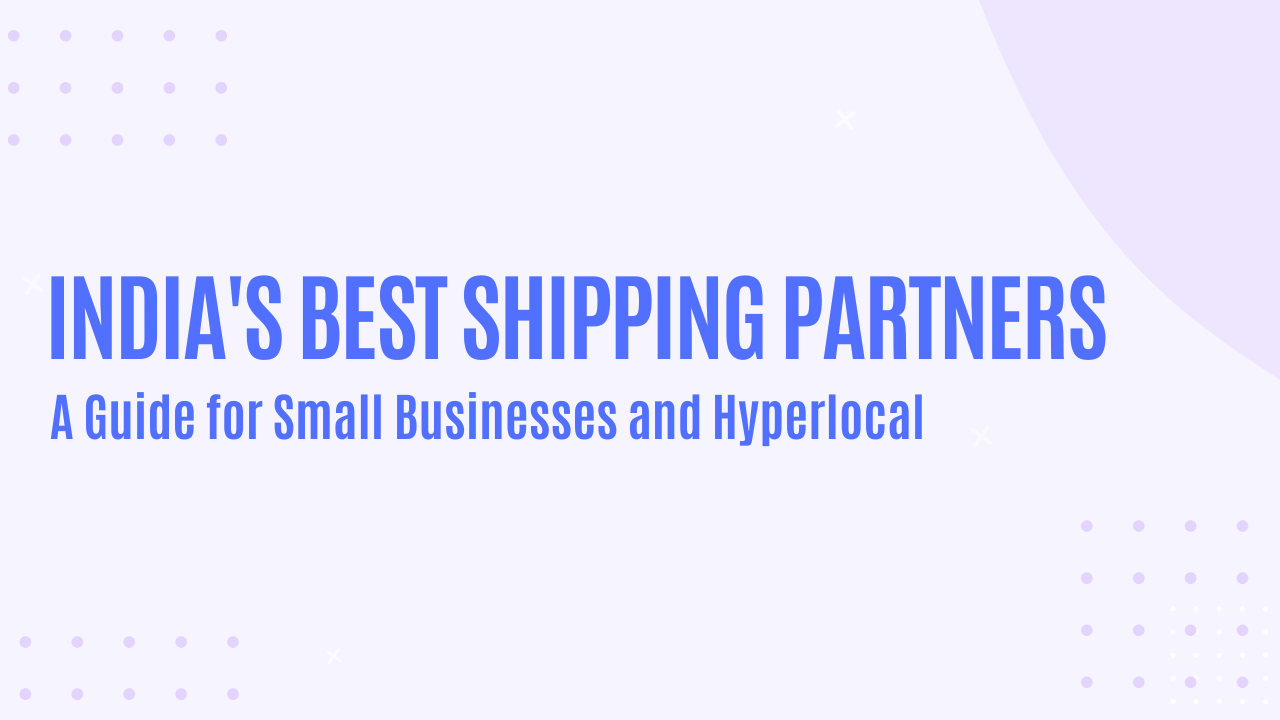

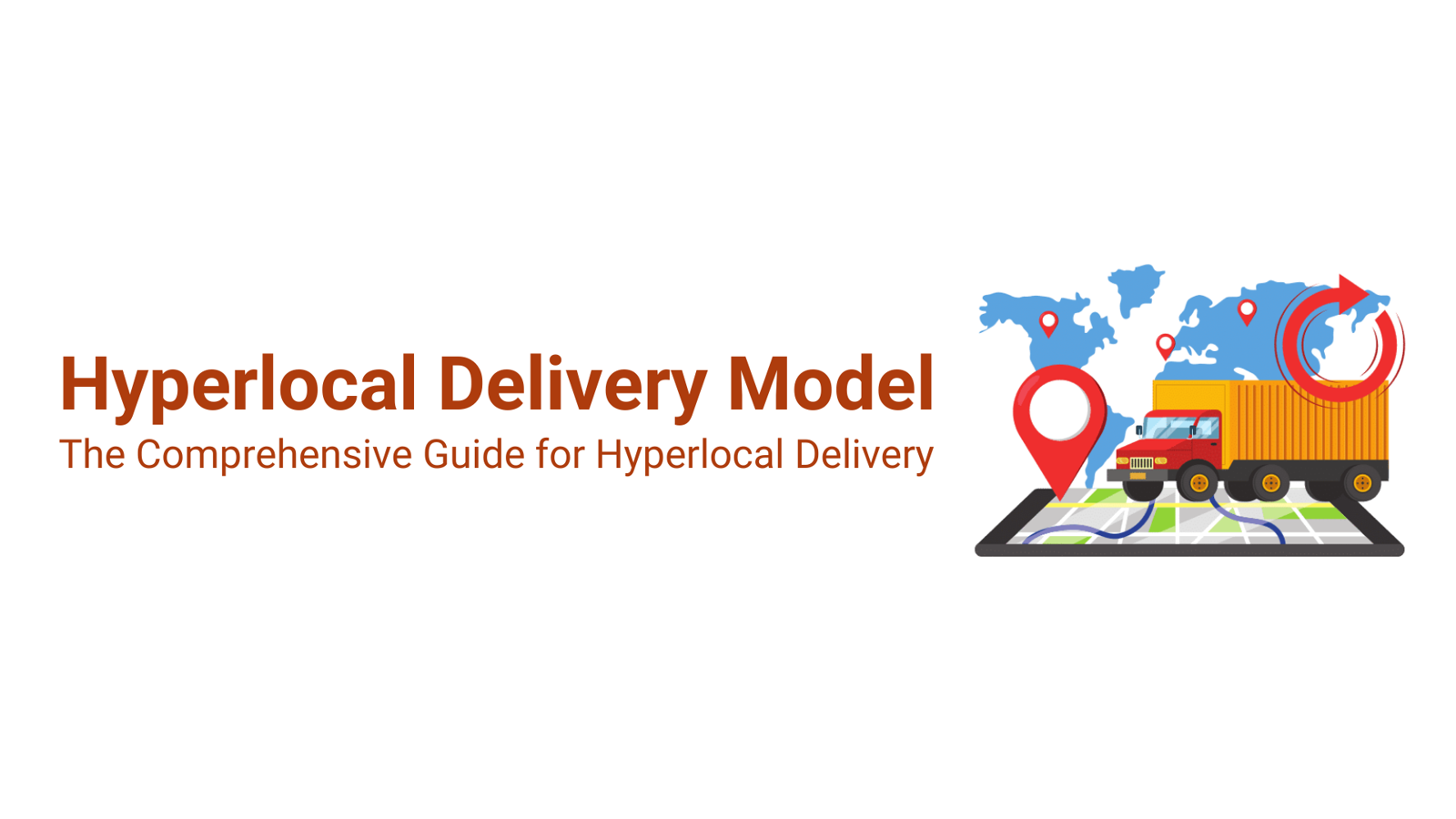
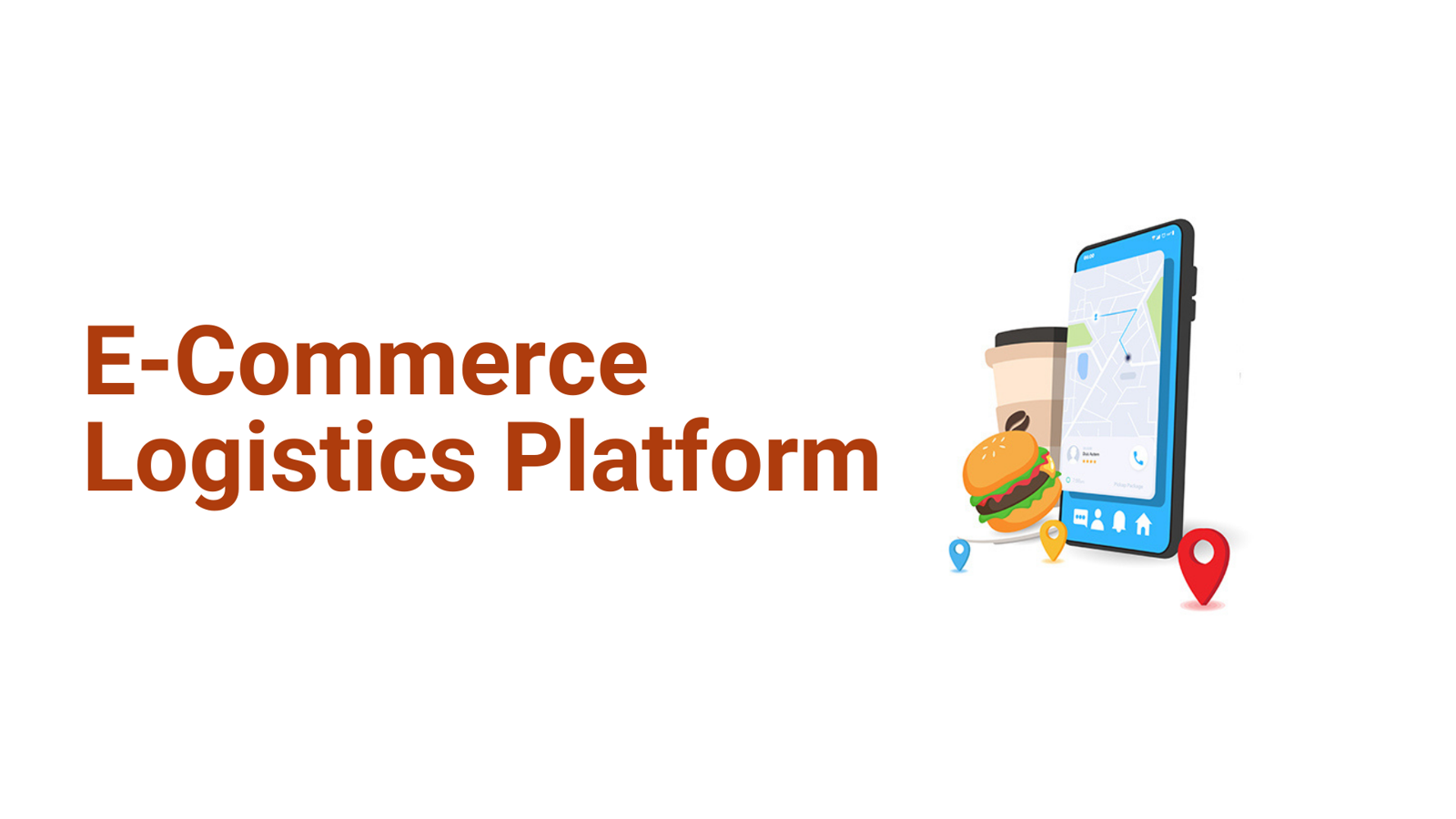
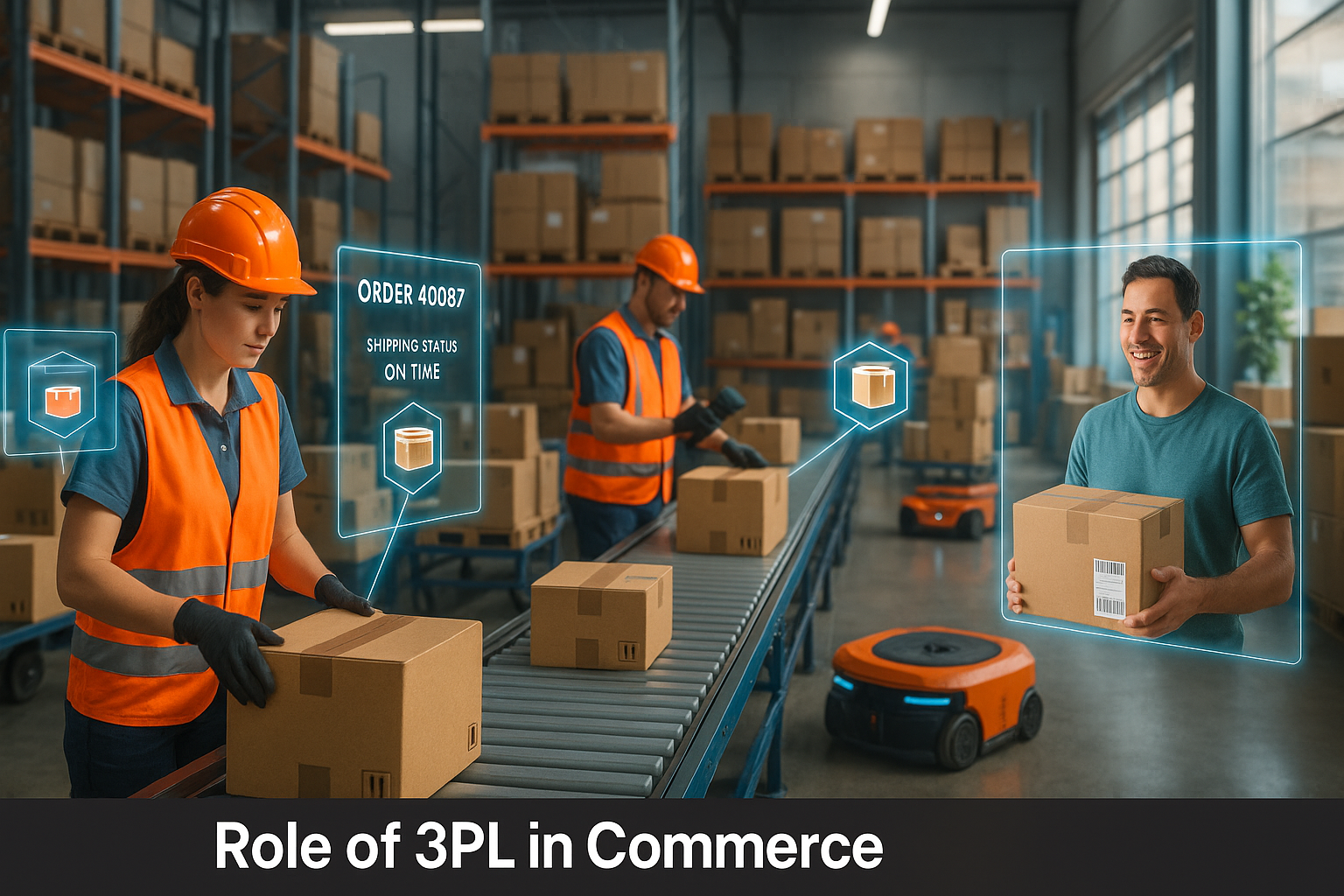
Write a comment ...